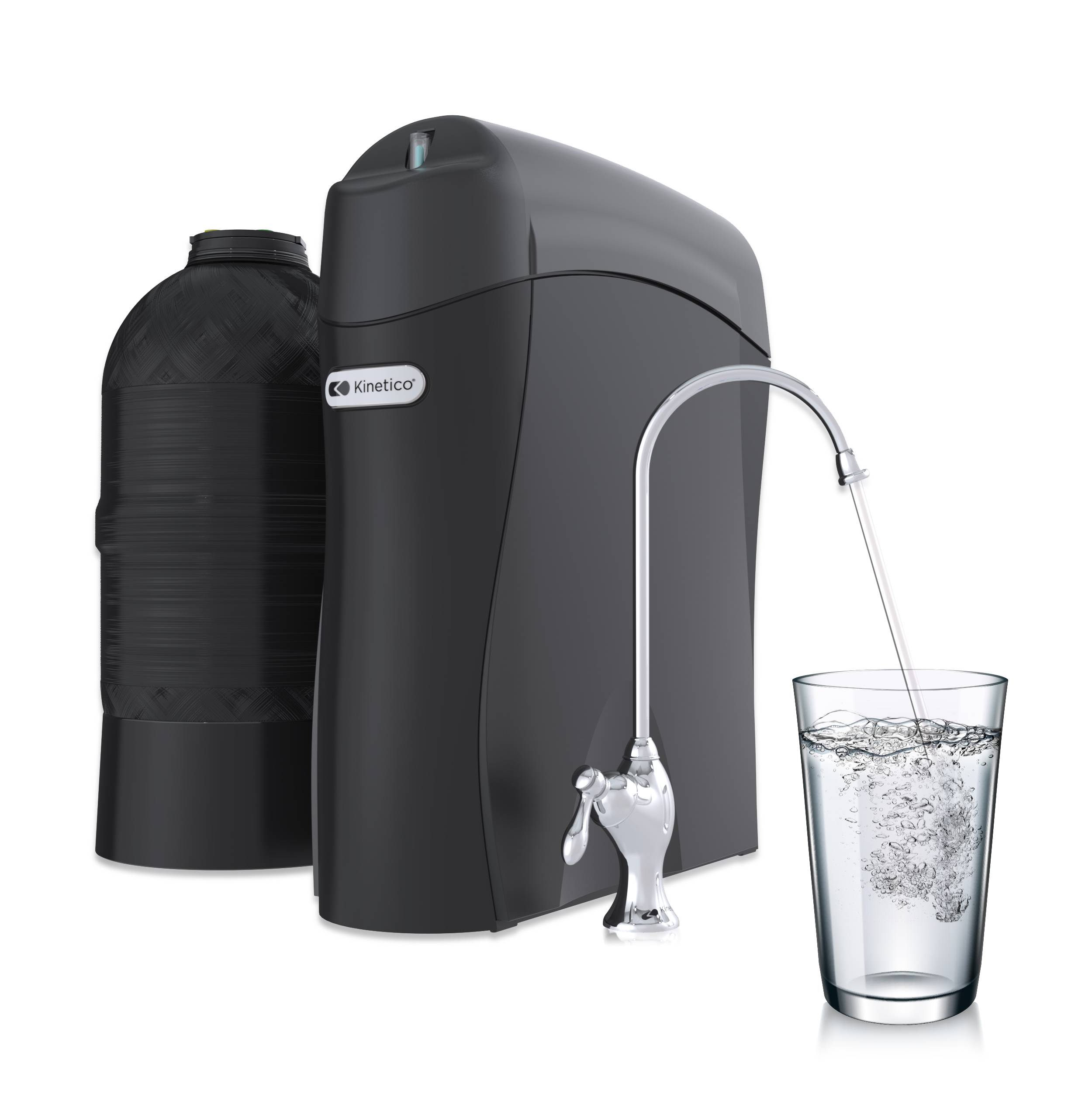There was a very interesting article written by Mark Crawford in Mechanical Engineering recently titled “Waves, Currents & Electrical Potential.” In it he discusses the “relatively young” field of hydrokinetics, and covers its huge potential. The term hydrokinetics covers everything involving moving water, so it includes waves, ocean currents, flowing rivers and streams. He states “this form of energy tends to be more reliable than solar and wind, and is abundant in certain regions.” He quotes Christopher Mahoney, Communications Manager – Environment and Renewable Energy for the Electric Power Research Institute in Charlotte, N.C. as saying “technically recoverable wave energy alone could provide about 25% of U.S. electrical demand.”
Pretty impressive, but as a new technology, it faces challenges. The largest being how to get the energy from the source to a place where it can be either stored or distributed. Large ocean buoys with floats that rise and fall with each wave can use that motion to create electrical energy, but the necessary wire to get it back to land makes it difficult to apply. Crawford confirms “the most popular hydrokinetic device is the turbine.” Submerging these devices in a constantly flowing river can be effective. Also, the turbines can be designed to change orientation if the flow direction changes, making them capable of being positioned in a harbor, for instance, that may go through flows in both directions several times a day. Here are some examples:
Photo credits: ANDRITZ HYDRO Hammerfest (left) and Kris Unger/Verdant Power, Inc. (right)
And here is a picture of my favorite turbine, and the one Kinetico has been featuring for more than 40 years. We have been using these turbines to drive our water softener and filter valves through their regeneration for quite some time. We have studied their designs and have greatly decreased the amount of water needed to perform their work. As we look into the future, what other ways can we harness the energy of the water flowing into homes and businesses? The energy is there, we just need to learn how to use it effectively and efficiently. On a grander scale, as the power generation turbines and power collection systems evolve, will we see a growing use of that technology merge with the possible changing water flows brought on by climate changes?
Should I put a turbine in my rain gutter? Maybe.



